Rhinoplasty, or a “nose job,” can dramatically enhance facial harmony and boost self-confidence. While the cost in Western countries can be high, more patients are discovering that the best rhinoplasty in the world can also be affordable — by traveling abroad.
Countries like Turkey, Mexico, and Colombia offer world-class rhinoplasty results at a fraction of U.S. or European prices, often starting as low as $2,000 to $4,500 USD.
This guide explores the best rhinoplasty in the world, highlighting the most trusted destinations, comparing costs, and helping you plan a safe and successful journey toward your ideal look.
1. Global Cost Comparison: Where to Find the Best Rhinoplasty in the World
While price shouldn’t be the only factor, some of the best rhinoplasty surgeons in the world operate in countries where healthcare costs are more affordable. Here’s a breakdown of the top destinations for high-quality, budget-friendly nose surgery.
1. Turkey
A global leader in medical tourism, Turkey—especially Istanbul—offers a powerful mix of expert surgeons, JCI-accredited hospitals, and affordable all-inclusive packages. It’s one of the best places in the world for rhinoplasty, blending quality with cost efficiency.
Average Cost: $2,000 – $4,500 USD
2. Mexico
For North American patients, Mexico is a convenient and affordable choice. Cities like Tijuana and Cancun are medical tourism hubs offering up to 70% savings compared to U.S. prices, without compromising quality.
Average Cost: $3,000 – $5,500 USD
3. Colombia
Known for its skilled cosmetic surgeons, Colombia delivers some of the best rhinoplasty results in the world. Clinics in Bogotá and Medellín provide advanced techniques at highly competitive rates.
Average Cost: $2,000 – $6,000 USD
4. Thailand
With decades of experience in medical tourism, Thailand’s world-class hospitals in Bangkok and Phuket offer exceptional rhinoplasty procedures and post-surgery care.
Average Cost: $2,500 – $4,500 USD
5. South Korea
Often called the plastic surgery capital of the world, South Korea is famous for precision and artistry in rhinoplasty, particularly ethnic and structural nose reshaping.
Average Cost: $3,000 – $8,000+ USD
2. Understanding the Rhinoplasty Procedure
Rhinoplasty reshapes the nose for cosmetic or functional reasons (such as improving breathing). During the procedure, the surgeon refines bone and cartilage to achieve the desired structure.
Ideal candidates are in good health, have realistic expectations, and have completed facial growth (typically age 16+).
3. How to Prepare for the Best Rhinoplasty in the World
Proper preparation ensures a smooth experience:
-
Research & Verify: Check the surgeon’s board certification, experience, and specialization in rhinoplasty. Ensure the clinic is internationally accredited (e.g., JCI).
-
Consult Virtually: Schedule an online consultation to discuss goals, expectations, and surgical plans.
-
Plan Ahead: Allocate at least 7–14 days in the destination country for the procedure and recovery. Confirm what’s included in any medical package.
4. Recovery and Aftercare
Recovery after the best rhinoplasty in the world varies by patient and procedure type, but generally follows these stages:
-
Week 1: Expect swelling, bruising, and a nasal splint. Rest with your head elevated.
-
Weeks 2–4: Most bruising subsides; you may resume light activities.
-
Months 1–12: Swelling continues to decrease, and your final refined result gradually appears.
5. Frequently Asked Questions (FAQs)
Is a cheap nose job worth it?
Yes—if performed by a qualified surgeon at an accredited clinic. In countries offering the best rhinoplasty in the world, affordability results from lower operating costs, not reduced quality.
How long do rhinoplasty results last?
Results are permanent. Once the bone and cartilage are reshaped, the structure remains stable for life, though your nose will age naturally over time.
Does insurance cover rhinoplasty?
Insurance does not typically cover cosmetic procedures, but may contribute if surgery addresses breathing issues or a deviated septum.
Choose PlacidWay for the Best Rhinoplasty in the World
Begin your journey with confidence. PlacidWay connects you with top-rated, board-certified surgeons offering the best rhinoplasty in the world — combining expertise, safety, and affordability.
Our team helps you find trusted international clinics, schedule consultations, and manage every detail for a seamless experience.
Ready to explore your options? Contact PlacidWay today for a FREE consultation and a personalized quote from a world-class rhinoplasty specialist.

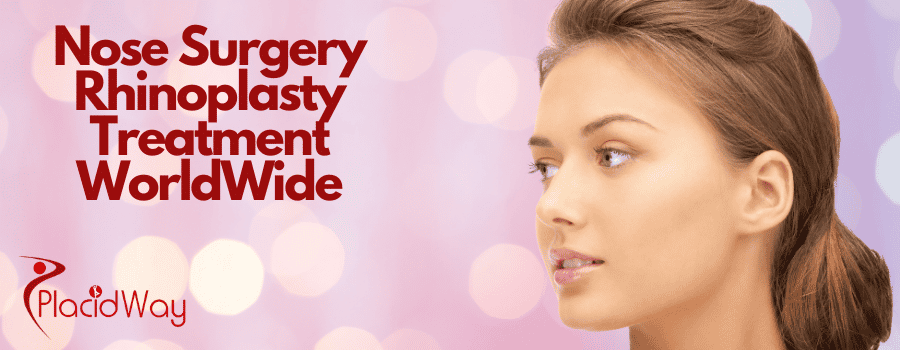


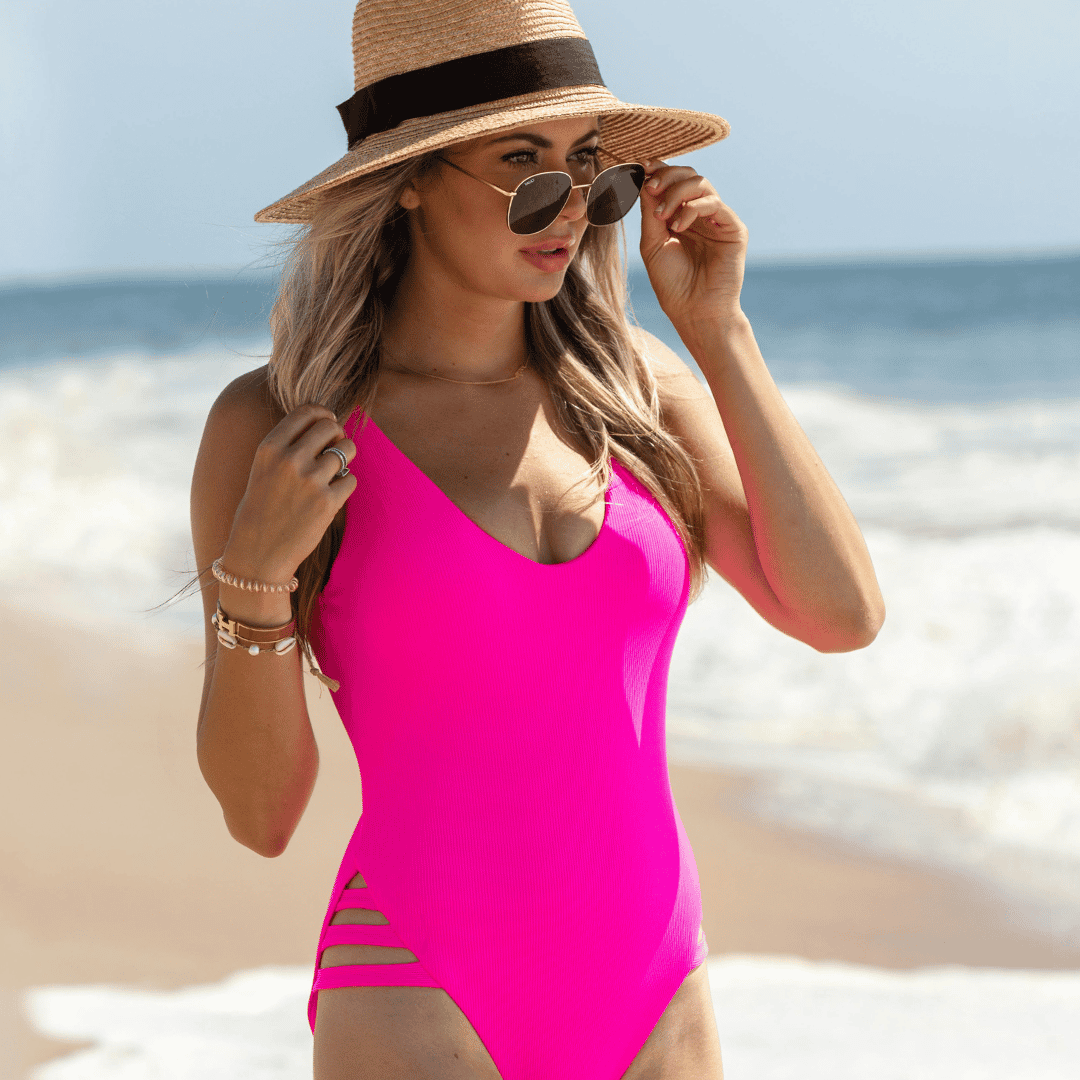
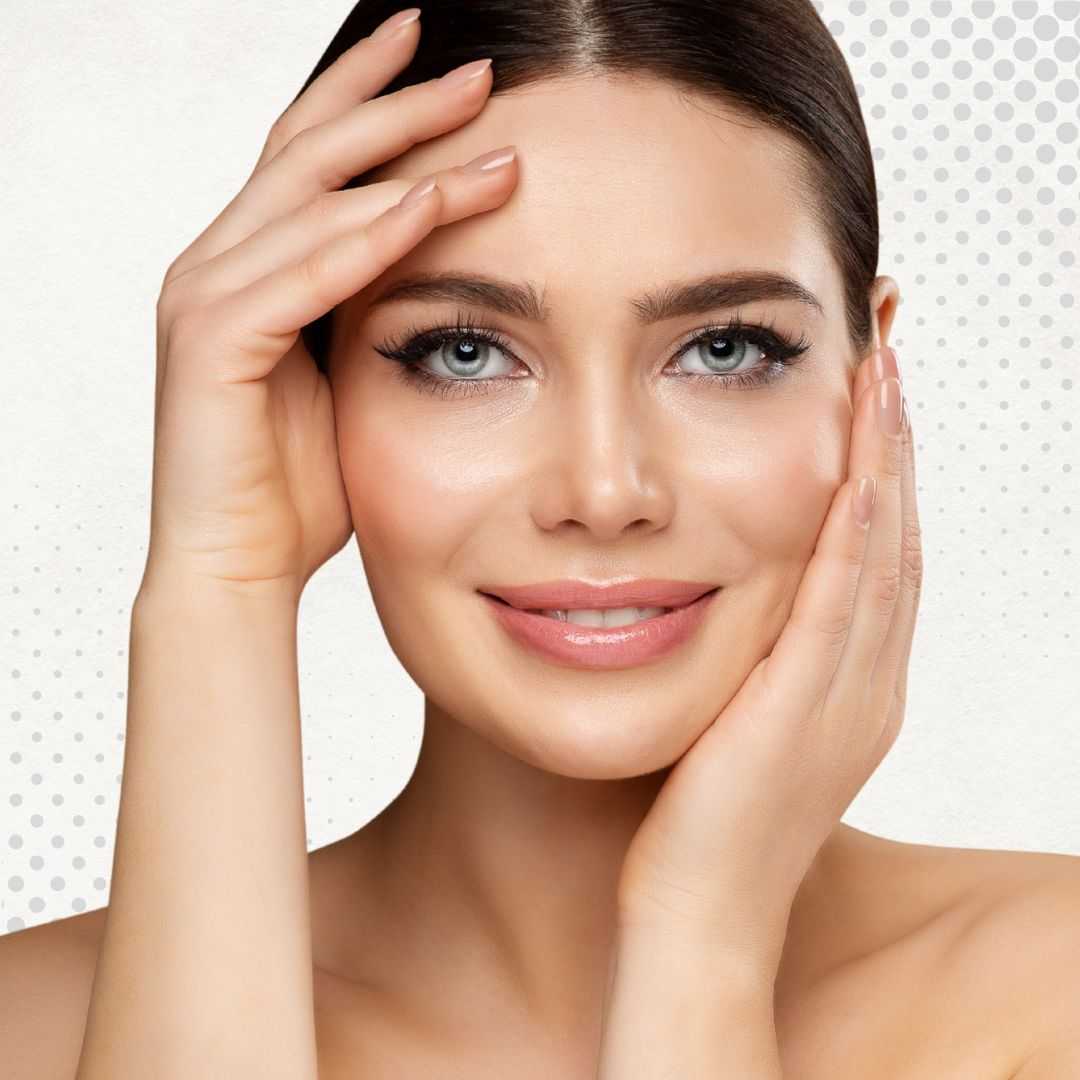
.jpg)


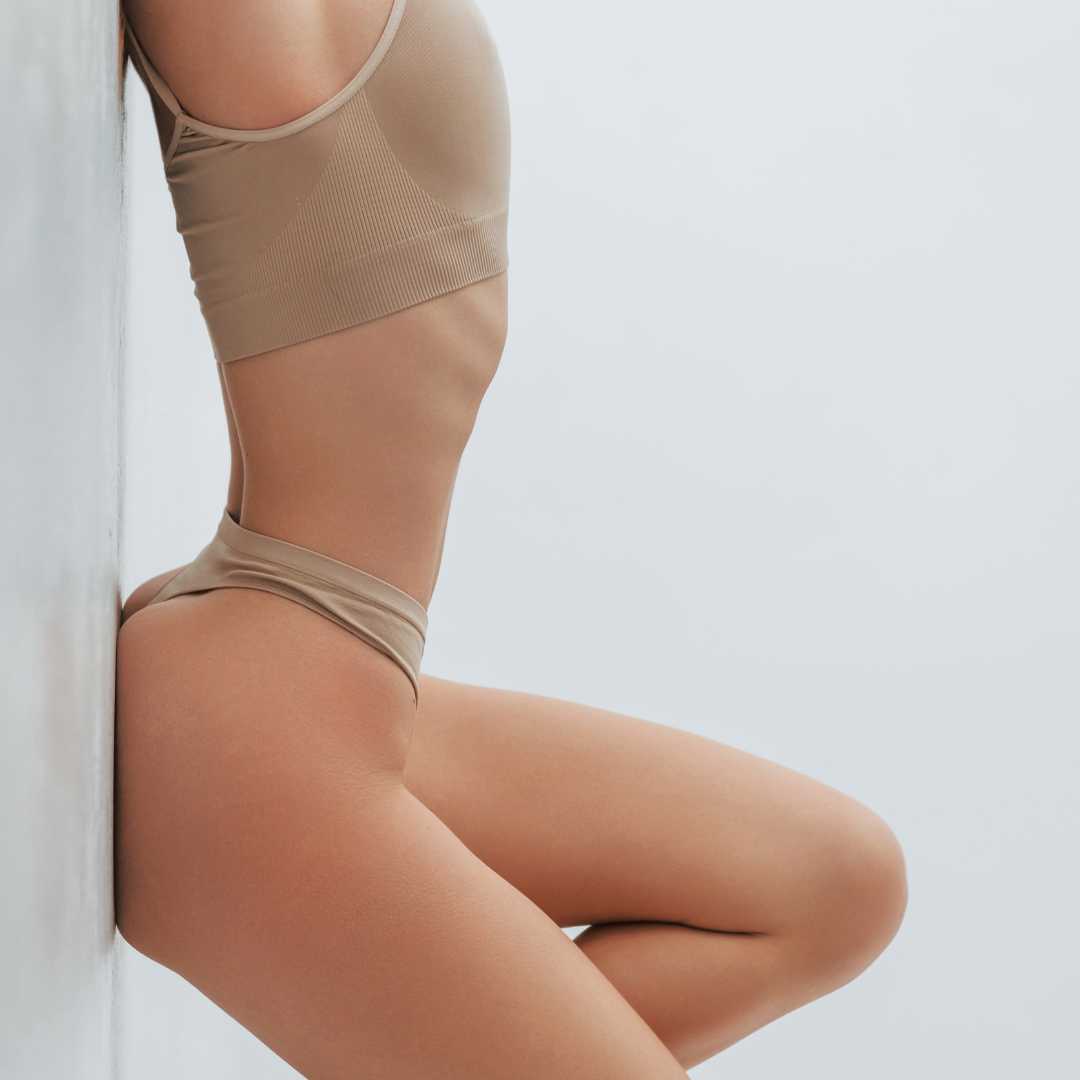
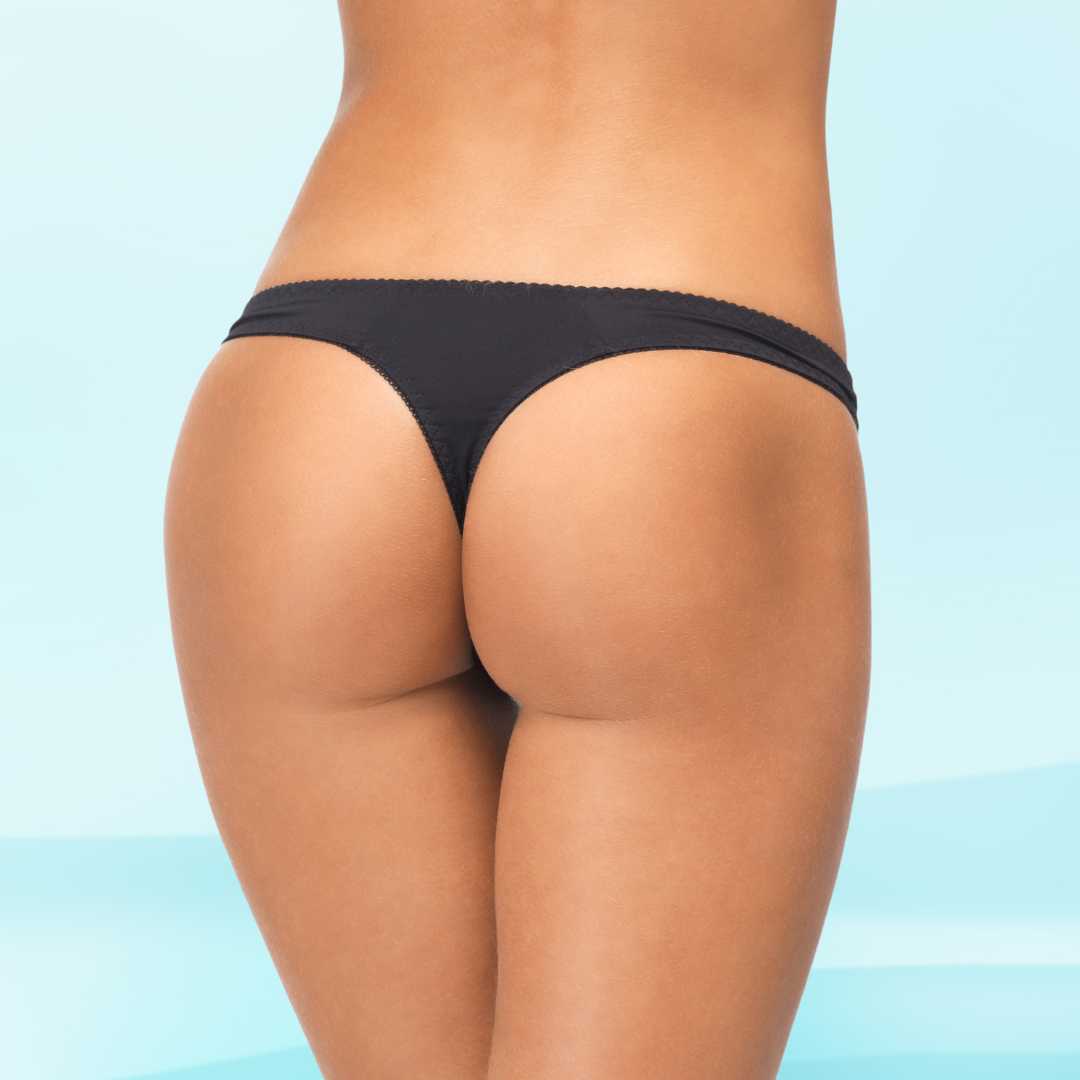
-for-Vancouver-Patients-in-Guadalajara,-Mexico.jpg)

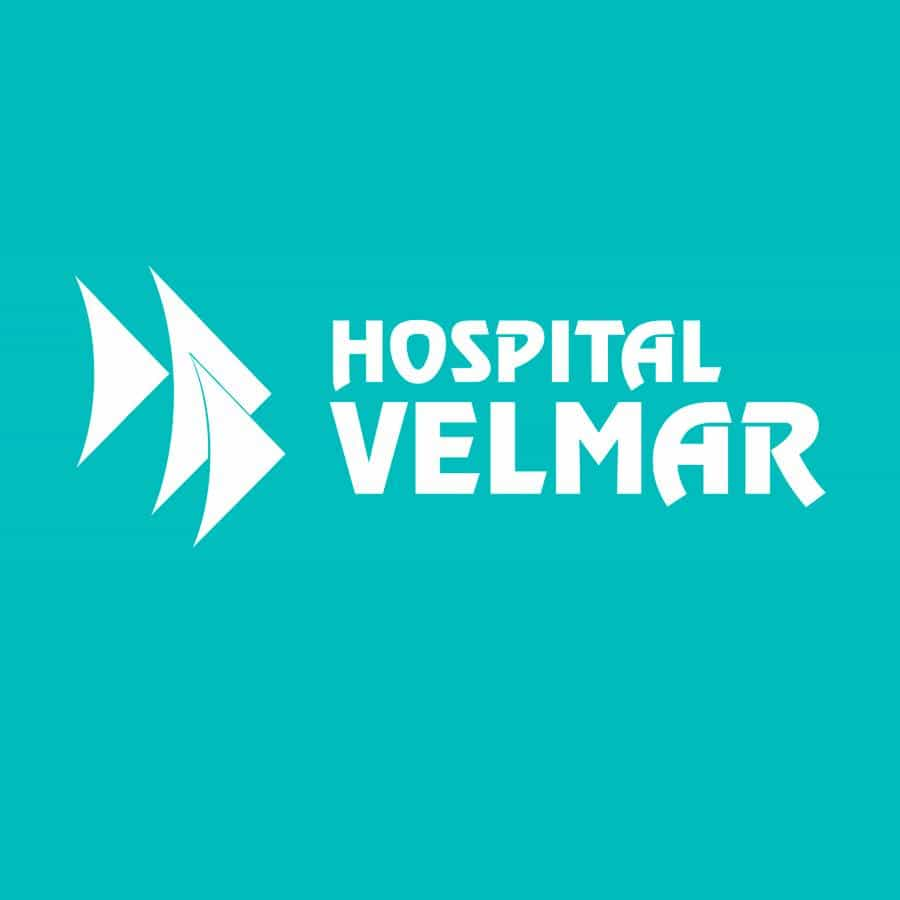
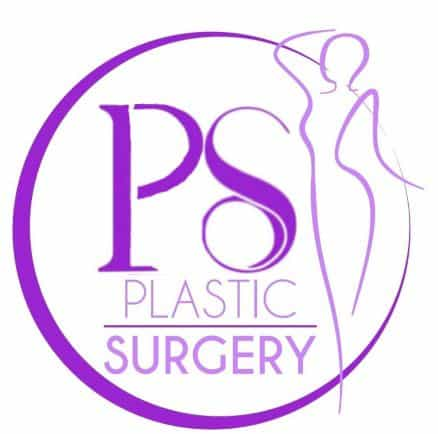
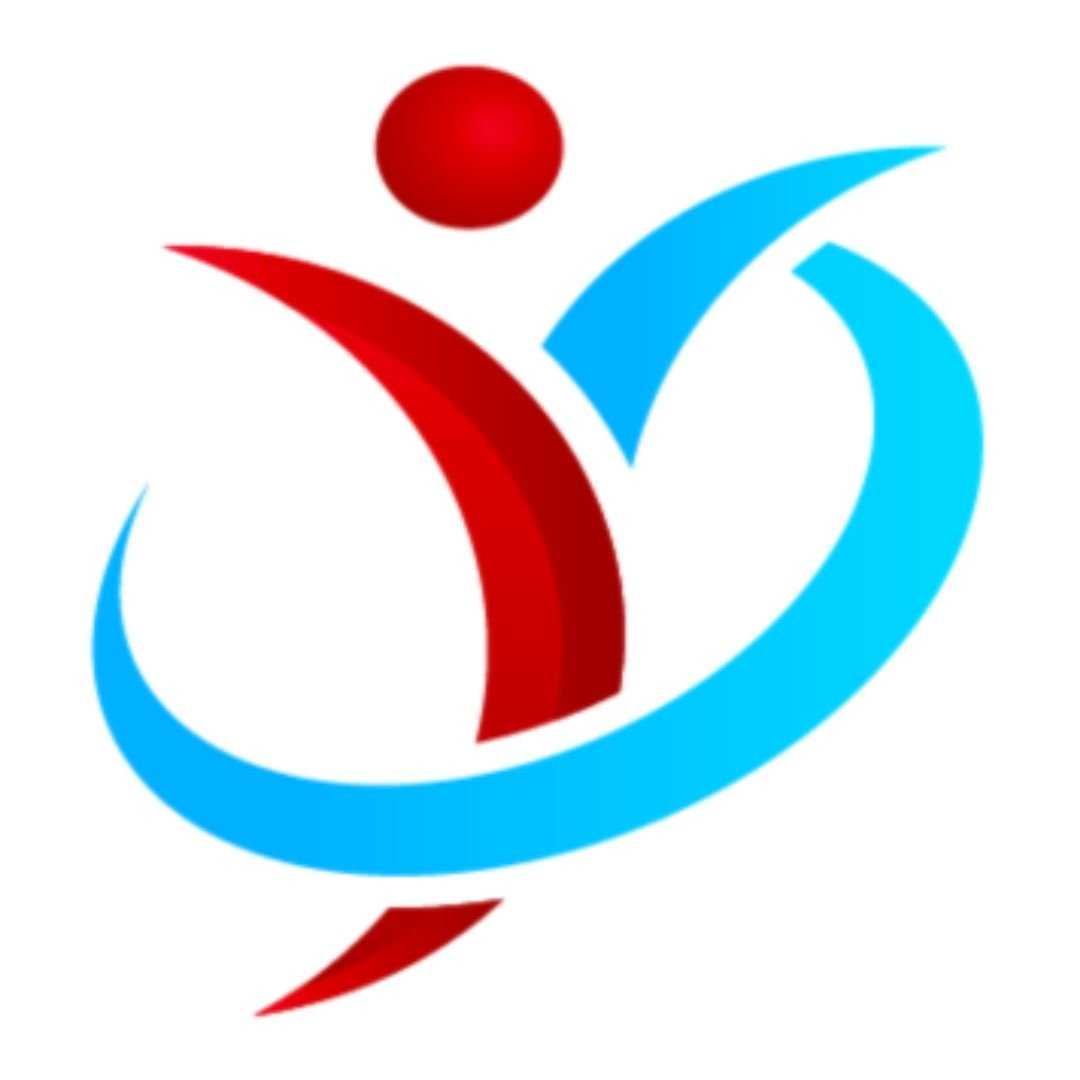
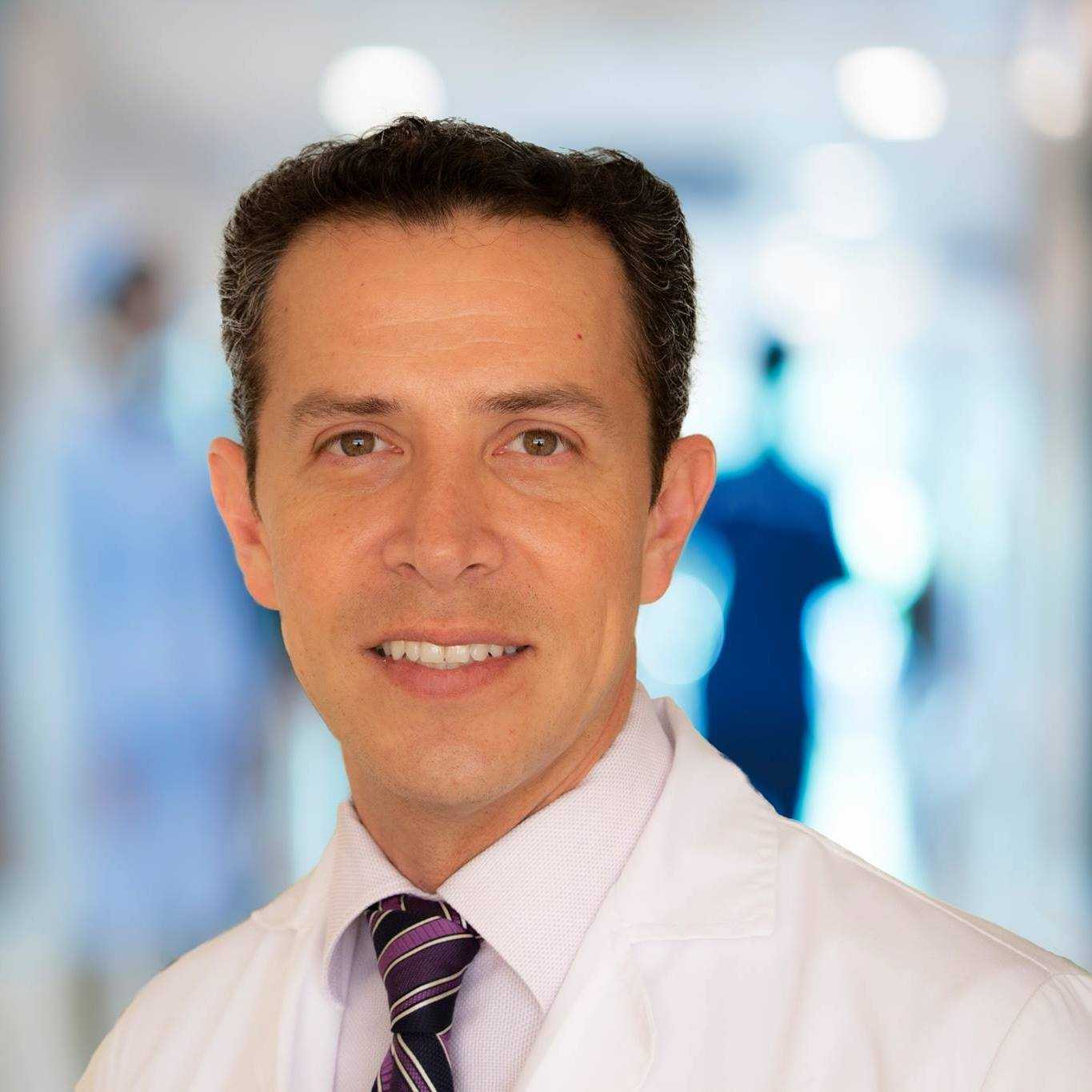

Share this listing